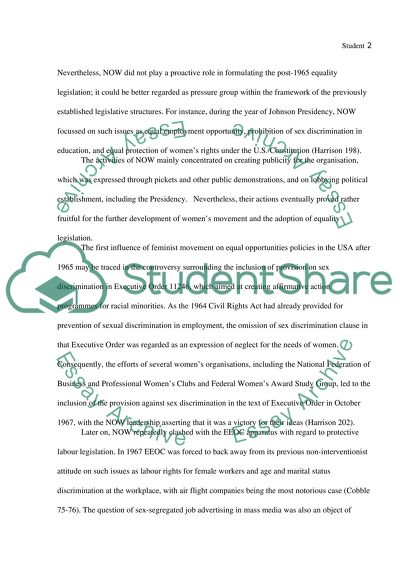Cite this document
(“To what extent have feminist ideas influenced policy making since 1965 Essay”, n.d.)
Retrieved from https://studentshare.org/history/1422227-to-what-extent-have-feminist-ideas-influenced
Retrieved from https://studentshare.org/history/1422227-to-what-extent-have-feminist-ideas-influenced
(To What Extent Have Feminist Ideas Influenced Policy Making since 1965 Essay)
https://studentshare.org/history/1422227-to-what-extent-have-feminist-ideas-influenced.
https://studentshare.org/history/1422227-to-what-extent-have-feminist-ideas-influenced.
“To What Extent Have Feminist Ideas Influenced Policy Making since 1965 Essay”, n.d. https://studentshare.org/history/1422227-to-what-extent-have-feminist-ideas-influenced.


